The extensive Skulptur Projekte Münster only take place every ten years. But that’s not the only reason why we highly recommend taking the trip there. A selection of the highlights by SCHIRN MAG
The Skulptur Projekte Münster, on view until October 1 in Münster and Marl, is a very special event. This is because for one, this exhibition only takes place every ten years since the first edition of the format was held in 1977. And secondly the exhibition’s long preparation time and special concept ensure that comparatively few (and therefore all the more elaborate) site-specific works are on view. A further plus is that entrance to the exhibition is free, as it is on display in the public sphere. So there is really no reason not to take the trip to Münster this summer!
As always, the works and projects are scattered around urban Münster as well as for the first time this year also around the quaint small town of Marl in the Ruhr Valley. A second special feature of this year’s edition is that sculpture is not conceived as static, but as moving and time-based. Which means that for the first time, performance and video pieces are also shown, and that viewer participation or interaction is required in many cases. A selection of highlights, in no particular order:
PIERRE HUYGHE, AFTER A LIFE AHEAD
Pierre Huyghe, who found acclaim with his pink-legged dog at documenta 13, had the city’s old ice rink broken up and altered and turned the place into a gigantic building site. Not only was the concrete surface of the floor cut up, but a deep ditch has been excavated beneath. Viewers now wander about between mounds of earth and construction rubble. Flaps have been integrated into the ceiling that now slowly open and close. Two bee colonies and two peacocks also live in the hall. An incubator, in which so-called Hela cell lines (used among other things in cancer research) are being grown, can be found on the margins as can an aquarium with snails living inside in the center of the hall. According to the artist, the cell growth triggers the movement of the flaps in the ceiling. It only becomes clear at second glance that this monumental spatial mis-en-scène – and all visitors who enter inevitably becoming a part of it – is all about bio-technological symbioses, about growth and life. An app with (not especially spectacular) augmented reality elements is also part of the project.

MIKA ROTTENBERG, COSMIC GENERATOR
Capitalism and globalization are much-discussed topics. Mika Rottenberg adds an exciting variant to the discourse with her surreal seeming piece. Her film, which is about 20 minutes long, takes us to a multi-layered phantasy world between fast food restaurants and gaudy shops selling cheap items made of plastic. The work was filmed in real places, including the Mexican border town of Mexicali or the impressive Yiwu market for cheap goods in China. Production, marketing and consumption: In the film, everything appears connected through a complex, multi-dimensional system of tubes that suck the observer in. And while the film would have been impressive enough by itself, Rottenberg’s choice of showing it an abandoned Asian supermarket makes for a perfect combination.

JEREMY DELLER, SPEAK TO THE EARTH AND IT WILL TELL YOU
Cross the allotments, then turn left through a small gate into a garden and you will find the exhibition of Jeremy Deller’s work. The garden shed houses a collection of thick green books, the result of a project by the artist with local horticultural associations spanning ten (!) years. Volunteers documented their activities in these books, glued photographs into it or produced sketches and texts. As a whole, the piece functions like an ethnological study collating the joys, concerns and woes of the allotment owners.

WAGNER / DE BÚRCA, BYE BYE DEUTSCHLAND! EINE LEBENSMELODIE
“Foods and beverages bought on the premises to be consumed only” reads a sign on the entrance to the Elephant Lounge, an oddly dated looking bar in the middle of Münster’s shopping arcade. Inside, visitors can find anything the cocktail heart could desire, along with a film portraying the Schlager music scene in and around Münster. Grand emotions in the half-light. An experience that is not only interesting in an atmospheric sense but also provides insight into a scene able to pass as a veritable musical sub culture.

NICOLE EISENMAN, SKETCH FOR A FOUNTAIN
Nicole Eisenman rose to fame with her radically cynical paintings that all possessed an absurd twist. She has now designed a well for Münster that employs a similar visual language. Bigger than life-size bronze and plaster figures loiter around a water basin. Water gushes from their perforated limbs or from an oversize beer can that one of the reclining figures balances on their stomach. The well is located on the edge of the so-called promenade, a great place for taking a break among the greenery.

ALEXANDRA PIRICI, LEAKING TERRITORIES
One of the most impressive performances in Münster is the piece by Alexandra Pirici shown in the Peace Hall of the old Town Hall. The place is steeped in history: In 1648, the Treaties governing the Peace of Westphalia were signed here. Pirici’s piece is acted out by six performers and made up of several sequences that are shown recurrently in a loop. In one of these, the performers function as a living search engine, calling out catchphrases to the visitors; Another time they move about the space and thereby steer the dynamic of visitor movements in the hall. Other sequences feature singing, or events that have come to pass in Münster and in other places are related – with this creating spatial and temporal connecting lines, for example between Münster and the performer’s places of origin.

AYŞE ERKMEN, ON WATER
A metal jetty stretches from the northern to the southern quay of the Münster river port. It lies just below the water surface. Those wanting to reach the other side had therefore better take their shoes off. On hot days in particular this piece is probably among the most popular works in the Skulptur Projekte. Here, art lovers and people coincidentally passing by meet, the mood is cheerful and exuberant. Of course this piece is not just about refreshing tired feet and providing a photo opportunity, but reflects on water ways, bridge construction and shipping, as the element supporting the bridge is made up of sea containers, which are invisible to the viewers.

SOME PRACTICAL TIPS
Tip 1: The ideal starting point for the excursion to the Skulptur Projekte is the LWL-Landesmuseum für Kunst und Kulturgeschichte downtown. You will find all the information you need there. Adjacent to it, Westfälischer Kunsterverein, which is also involved in the exhibition, is hosting an exhibition by Tom Burr. And the huge truck parked in front of the two museums is also an art work: a collaboration between Tom Burr and Cosima von Bonin.
Tip 2: Buy an analog map of the exhibition spaces (in the LWL-Landesmuseum) for small change or download the SP17-Navi app. The app in particular is very helpful, as the projects can be located on a map using GPS with an explanatory text included for each piece. Alternatively, you can also find all of the information on the exhibition website.
Tip 3: Münster is a city of cyclists through and through. It’s worth going along with local customs and bringing a bike or renting one locally. For example with the bike rental run by the Skulpturen Projekte. Of course you can also get around by public transport or car and the projects shown in the inner city can also easily be reached by foot.

ABOUT TIME. With Marie-Theres Deutsch
Marie-Theres Deutsch was born in 1955 in Trier at the central western tip of Germany, into a family of five women and a father who was an architect....
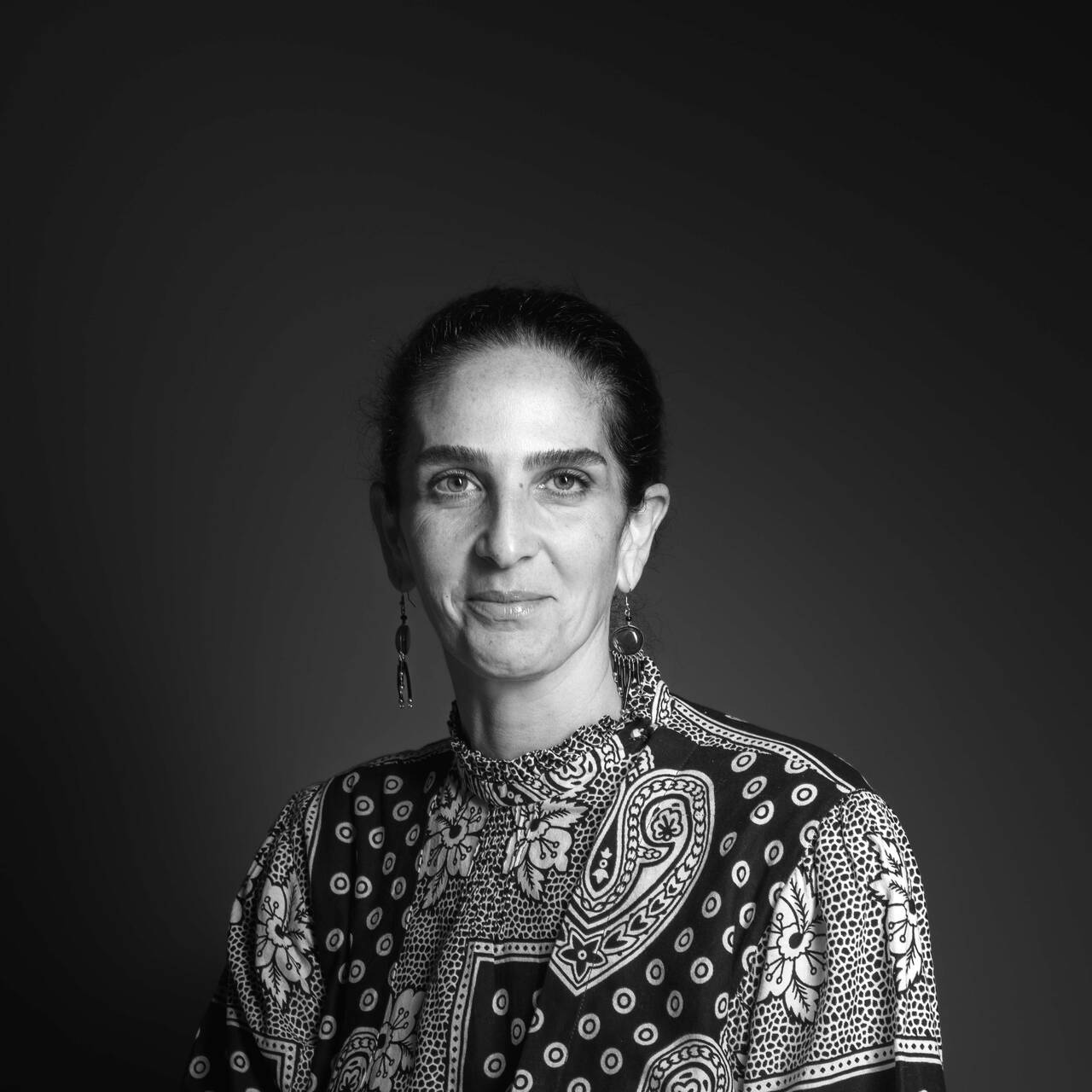
5 questions for Salma Lahlou
Salma Lahlou is an independent curator. Her exhibitions and research projects continuously engage with the CASABLANCA ART SCHOOL. We spoke with her...
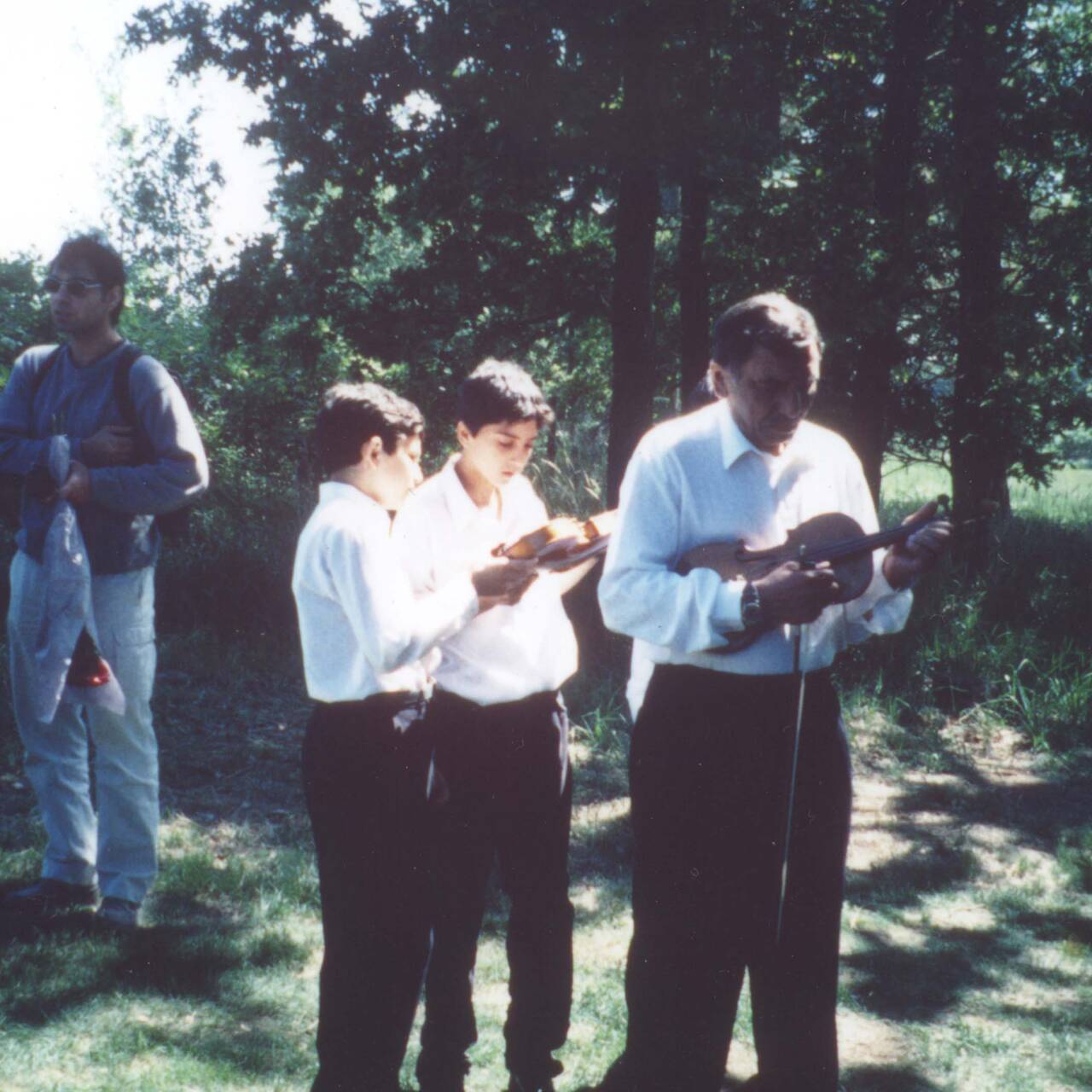
ABOUT TIME. With Alfred Ullrich
The artist Alfred Ullrich has spent a sufficient number of decades in the art world and engaging with it to know that attributions can always change....
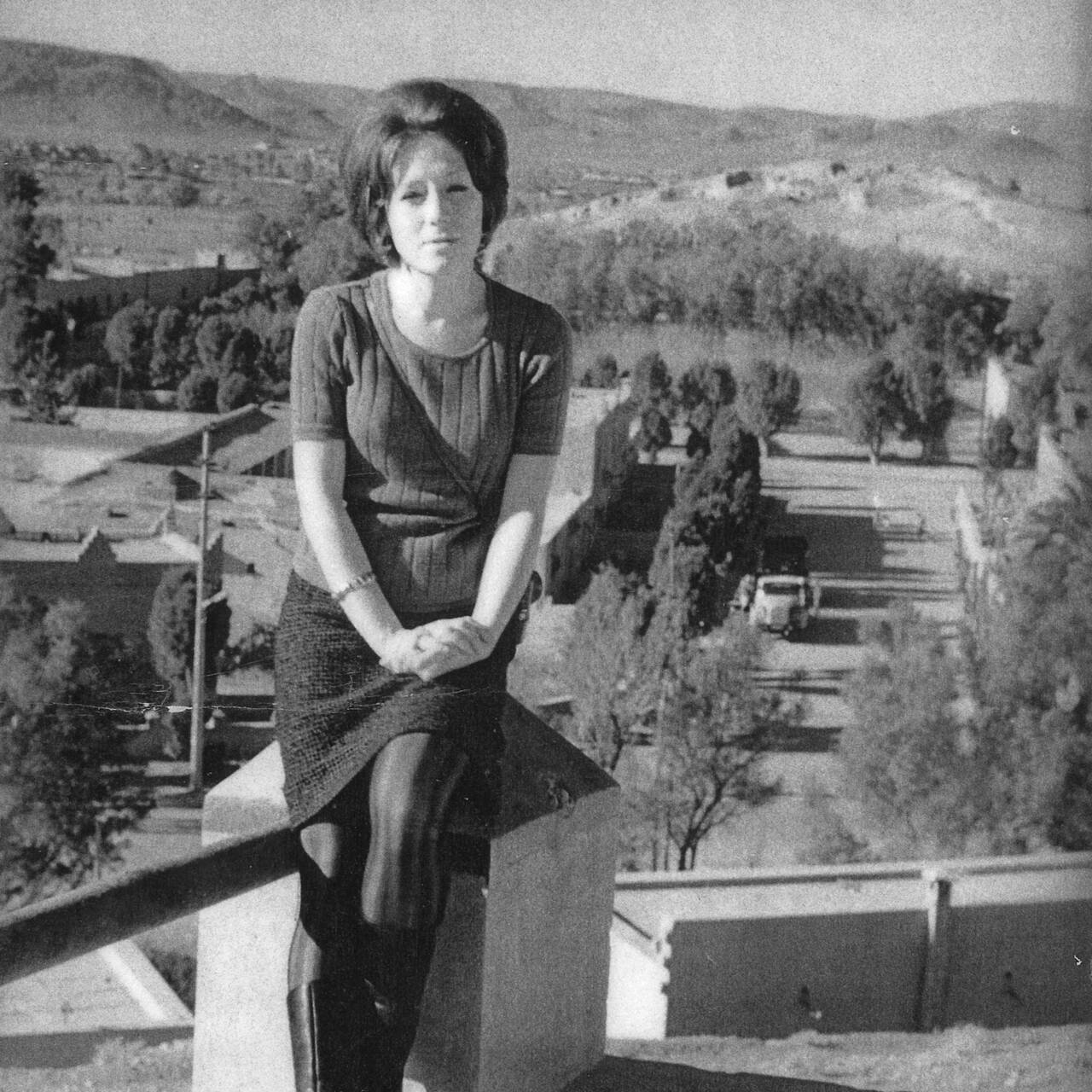
5 questions for Toni Maraini
Toni Maraini arrived at the CASABLANCA ART SCHOOL in 1964 and created the first art history program on Moroccan art from the prehistoric past to the...
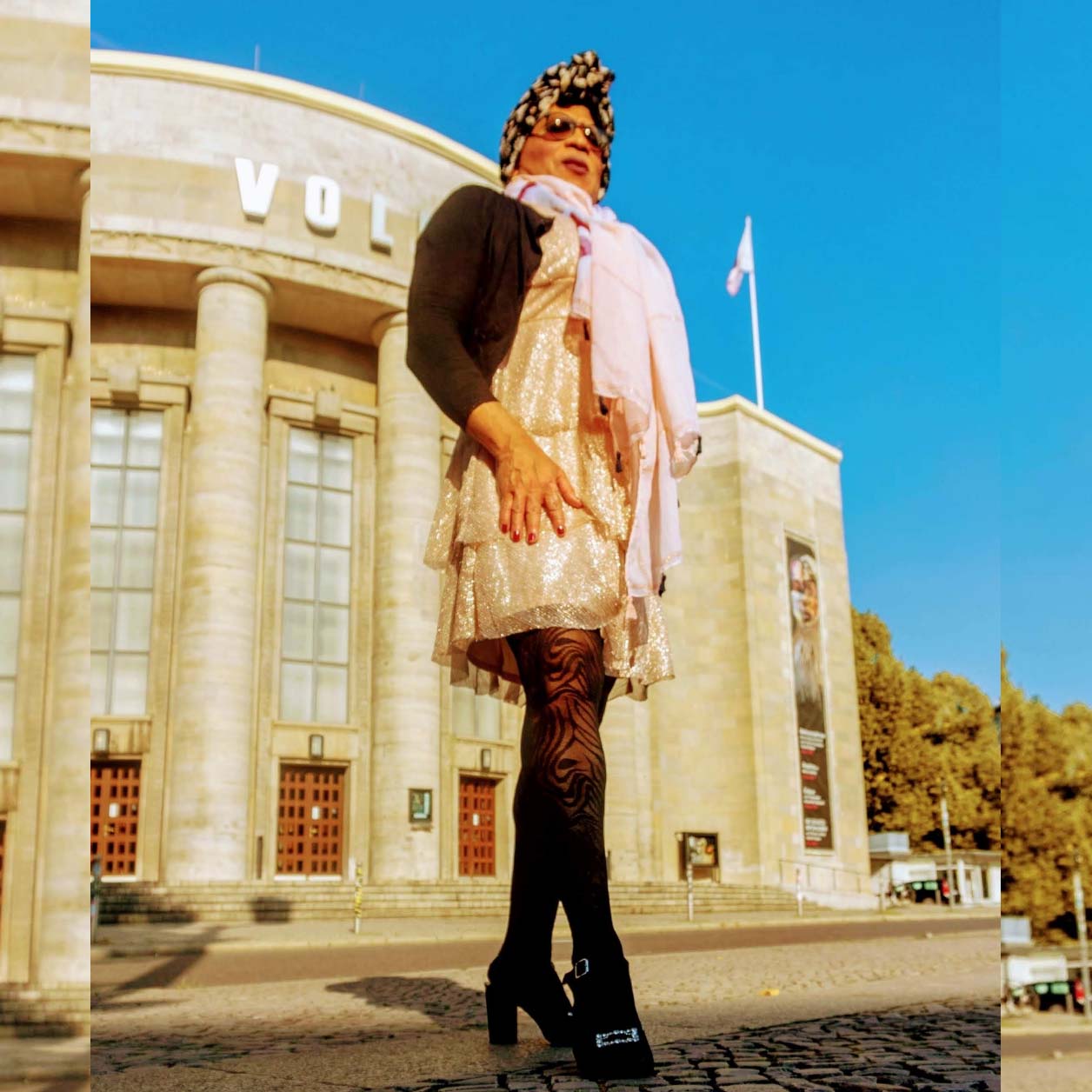
ABOUT TIME. With Michaela Dudley
Language is the key to understanding Michaela Dudley’s approach. A polyglot who is comfortable in multiple languages, the Berliner is decisive in her...
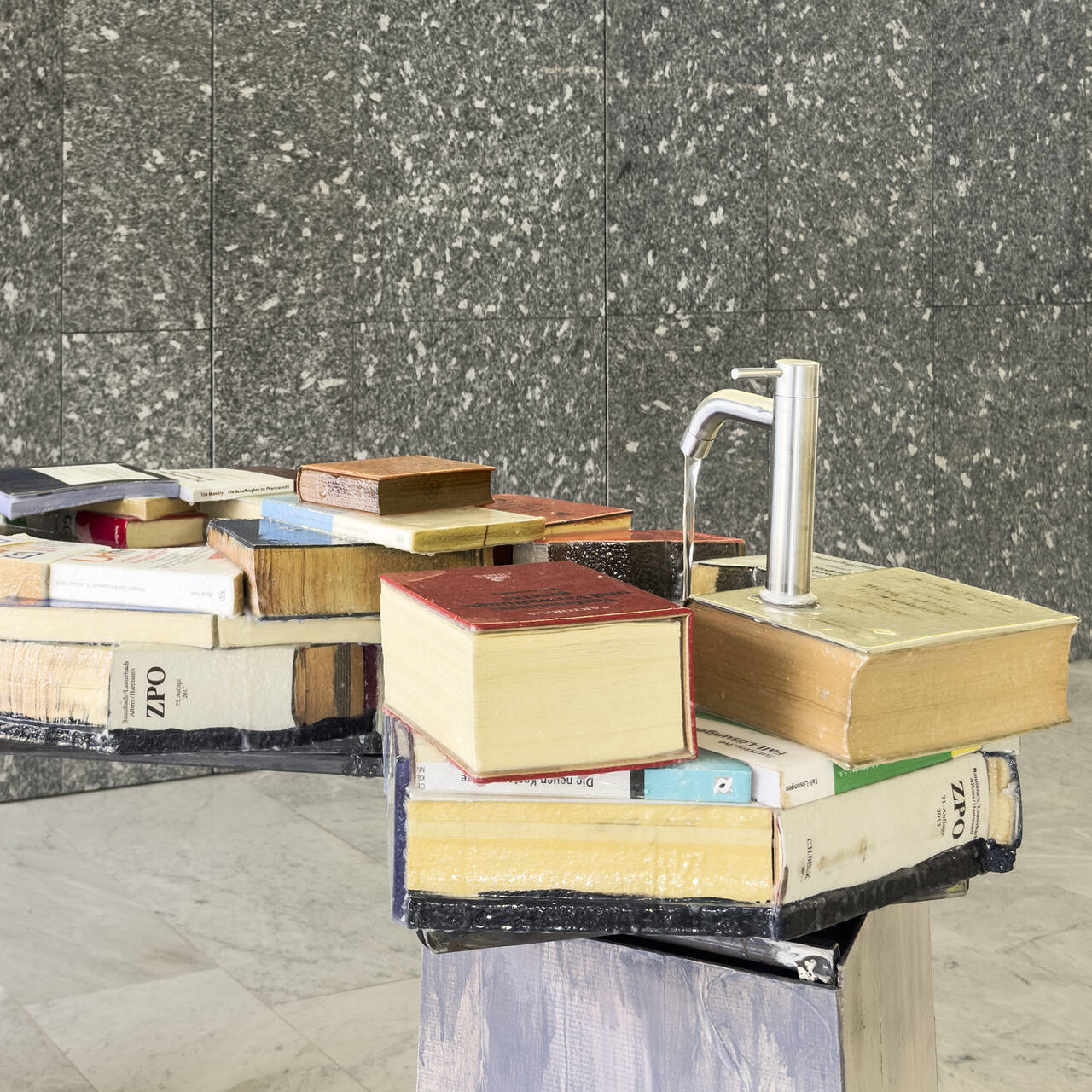
The Call – Städelschule Graduates Show
Until July 21, Städelschule is showing works by its graduating class in an empty office building on Schaumainkai. Various different artistic...
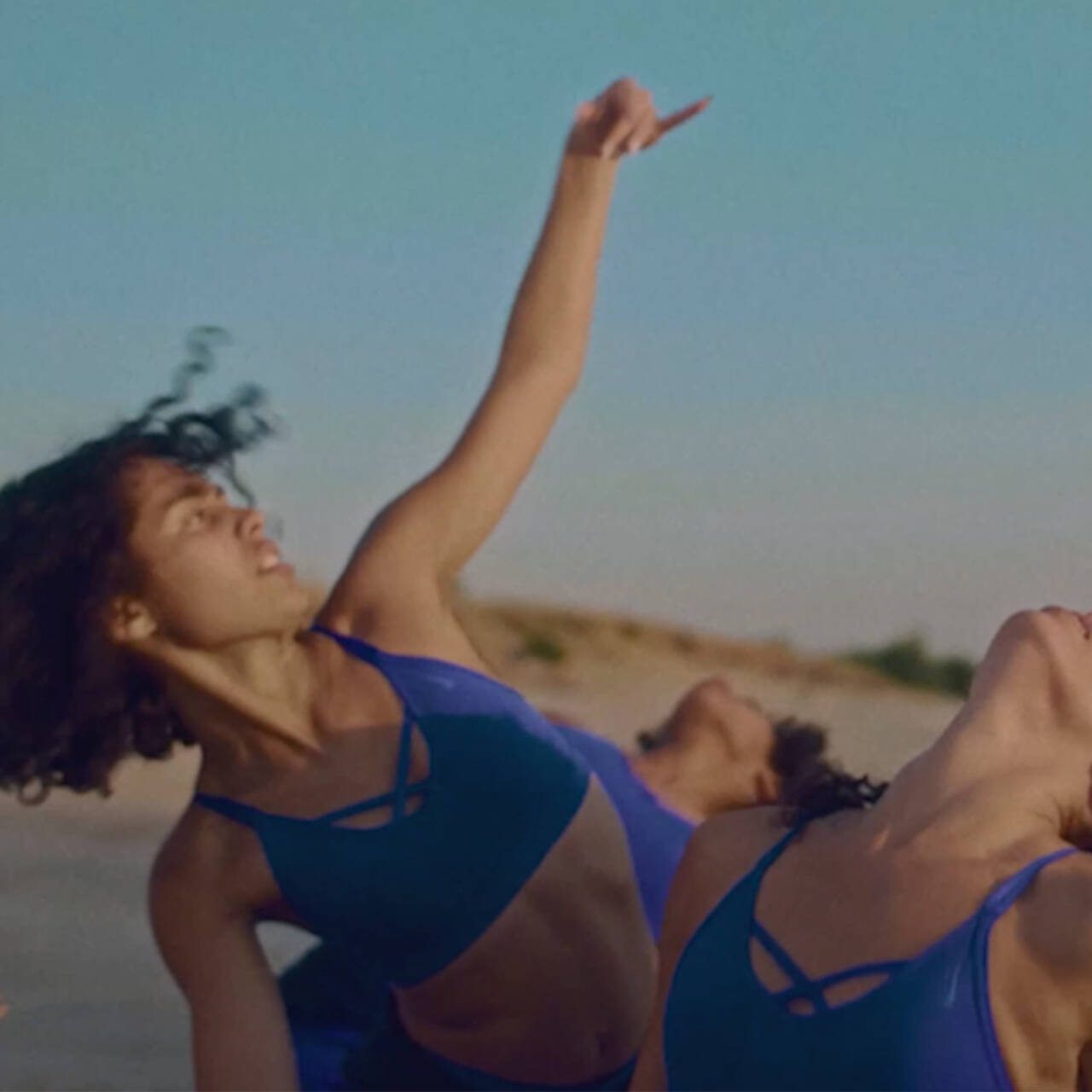
THE STRONGEST KARMIC CONNECTION
The people who surround us in our childhood impact us, regardless of how those relationships make us feel. Often, they make us seek other and new...
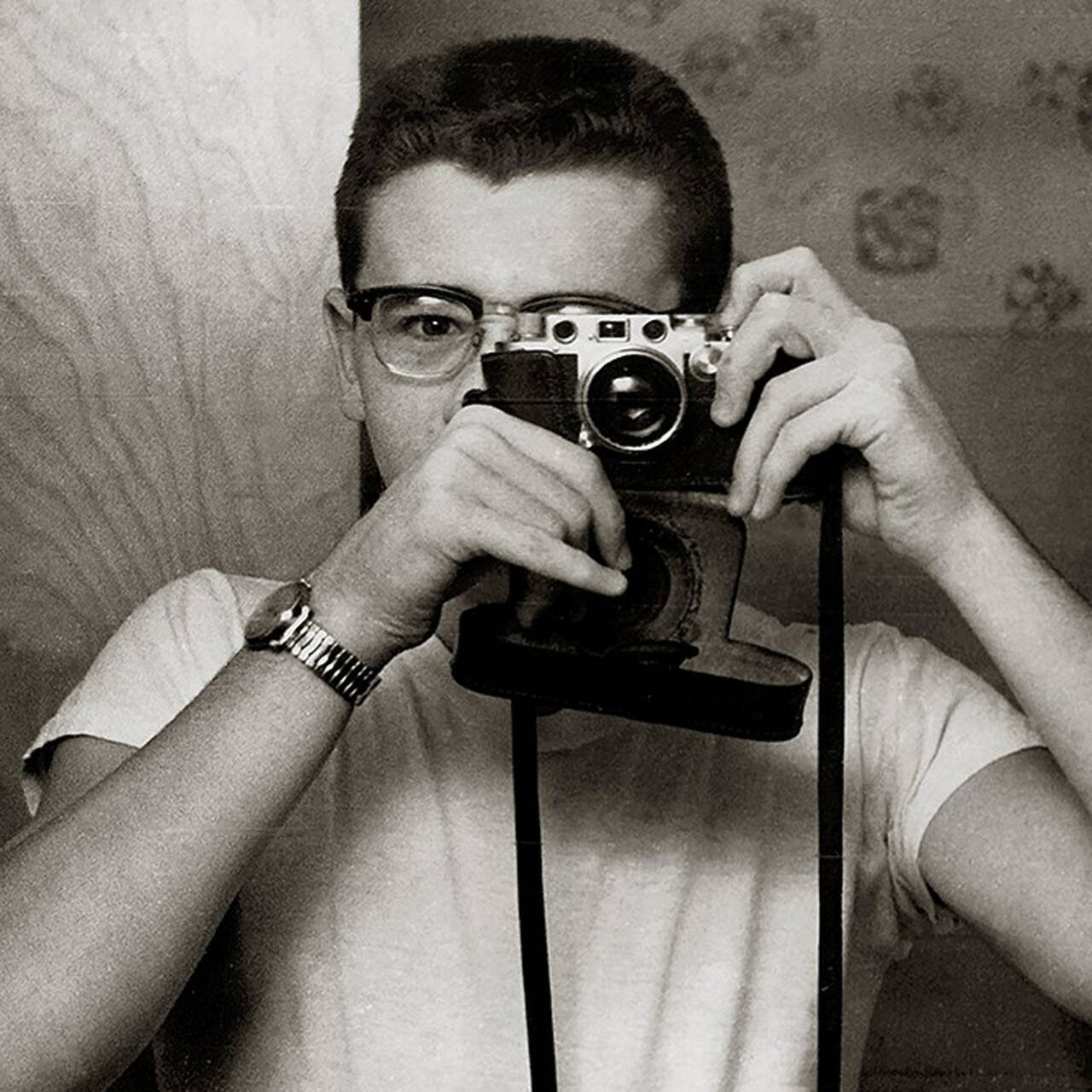
ABOUT TIME. With Abe Frajndlich
Abe Frajndlich can look back proudly on a career of over 50 years as a photographer. In conversation with us he speaks, among other things, about his...
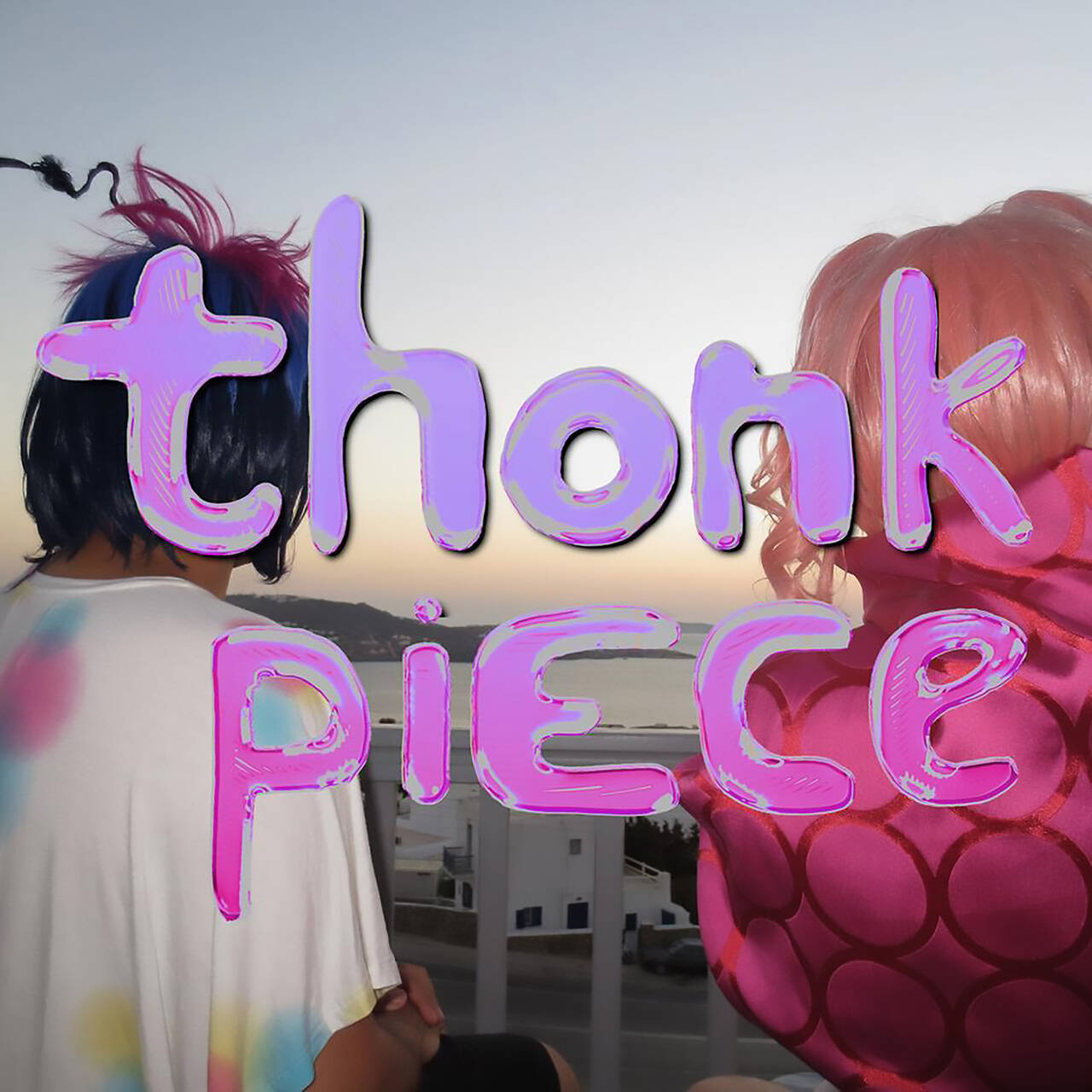
5 questions for Mary Messhausen and proddy produzentin
With the performance "Thonk piece: Hungry for Stains", drag queens Mary Messhausen and proddy produzentin will open the exhibition COSIMA VON BONIN....
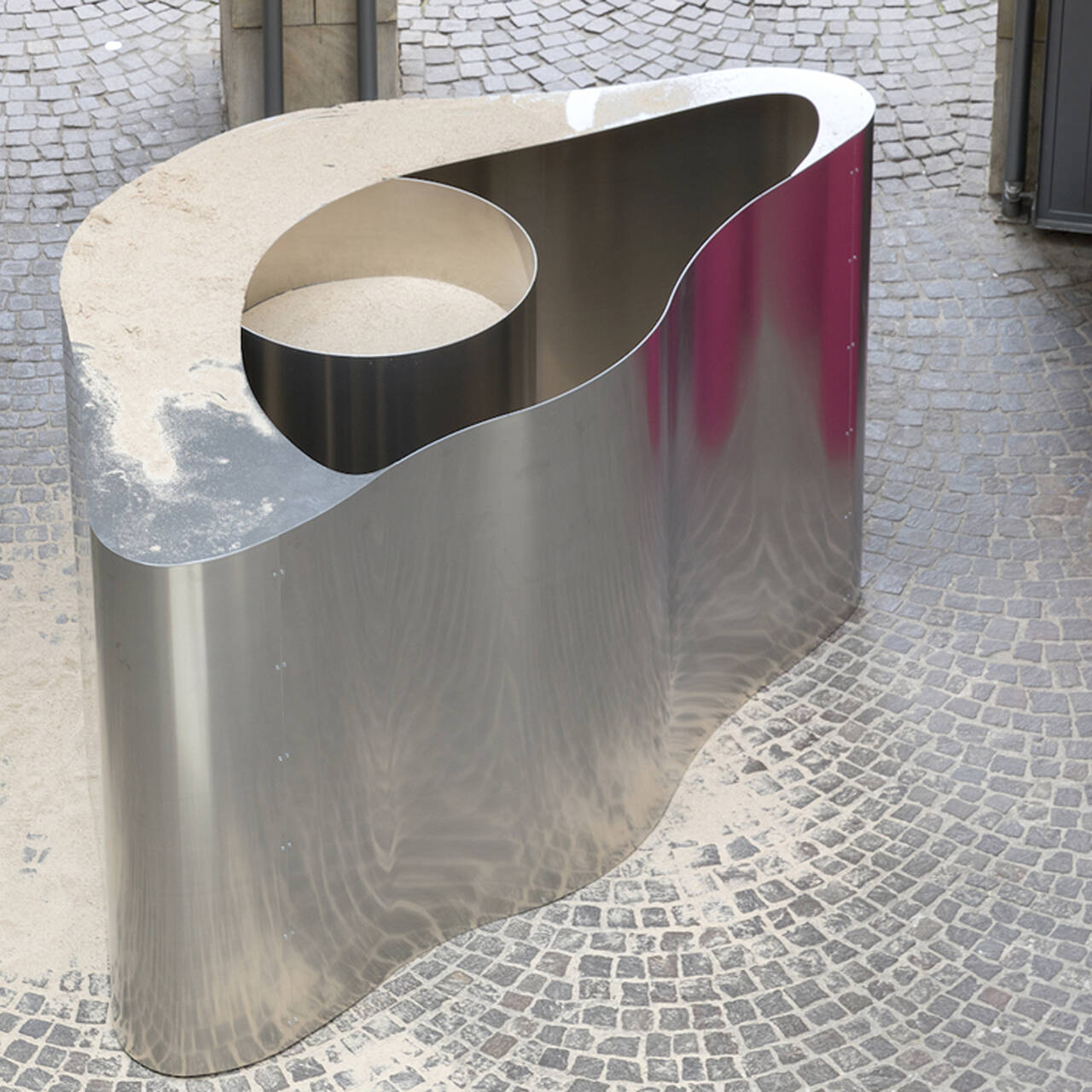
You Get the Picture: On Movement and Substitution in the Work of Lena Henke
The artist LENA HENKE already exhibited in the SCHIRN Rotunda in 2017. What are the secrets of her practice and where can you find her art today?
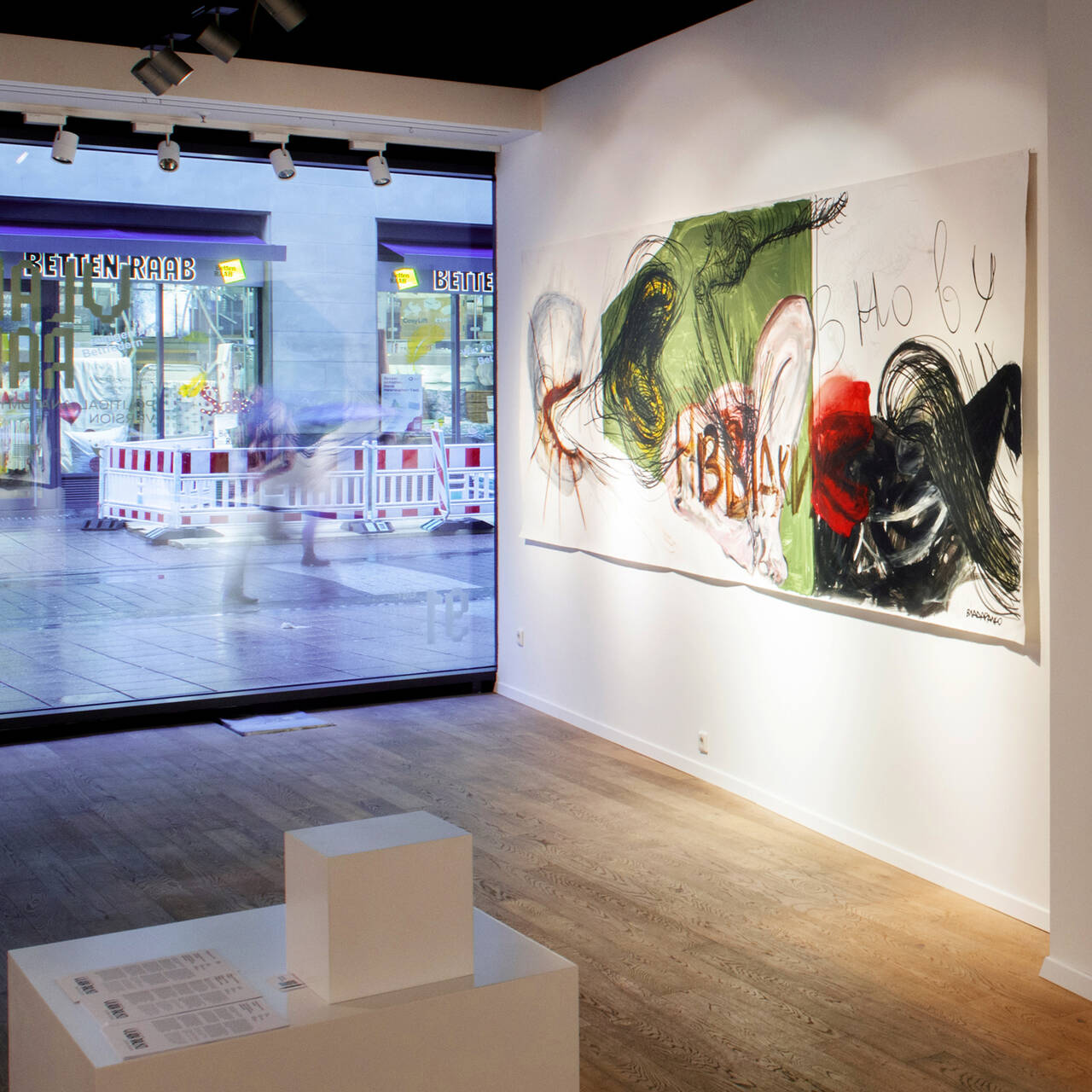
Ukrainian art in Frankfurt - When anatomy becomes political
The art of Ukrainian artist Vlada Ralko gets under your skin - quite literally. At the heart of her drawings and large-scale paintings lies the human...
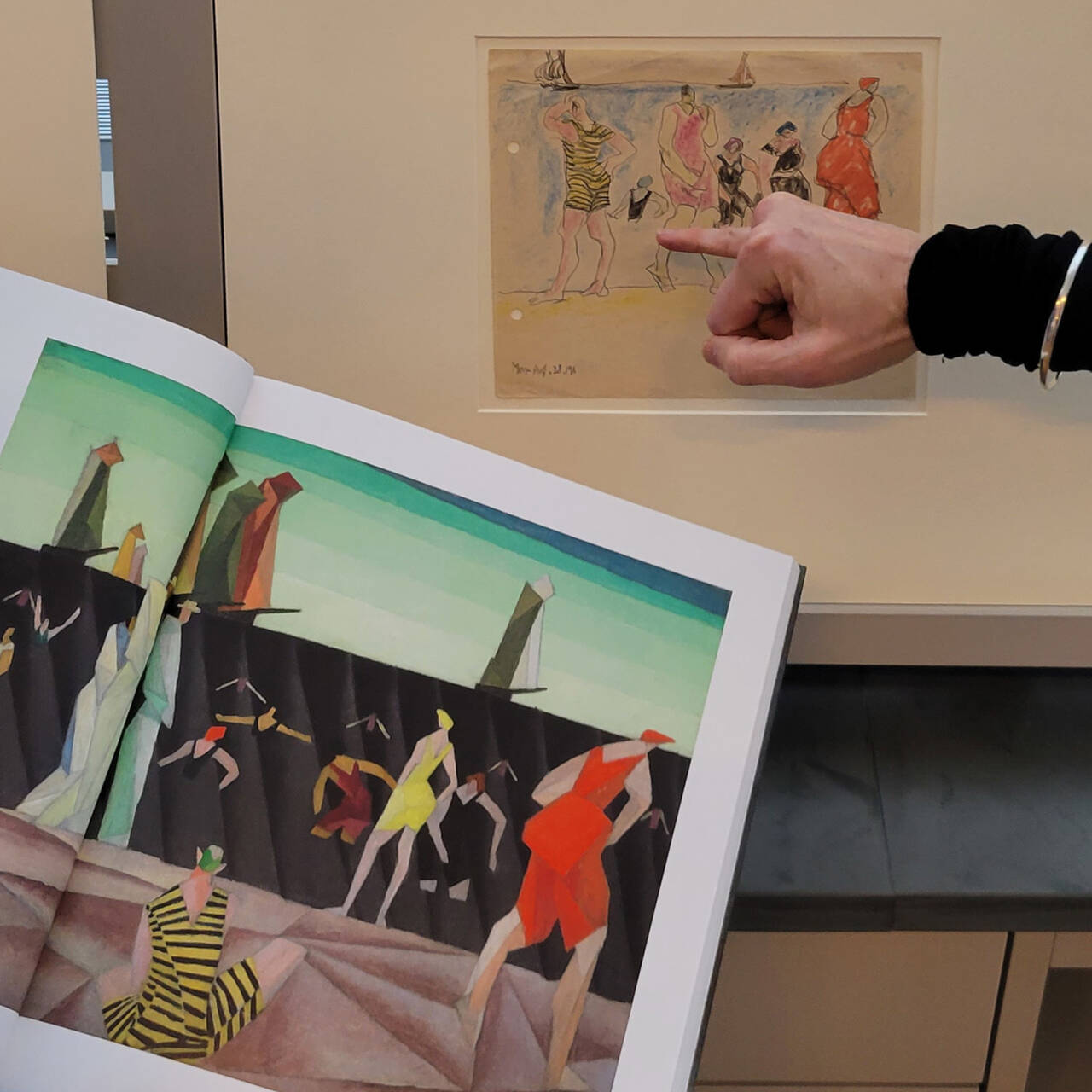
Lyonel Feininger and the Harvard Art Museums. Part 2
The Harvard Art Museums host the largest Lyonel Feininger collection in the world. The directors Lynette Roth and Laura Muir chat about Feininger’s...